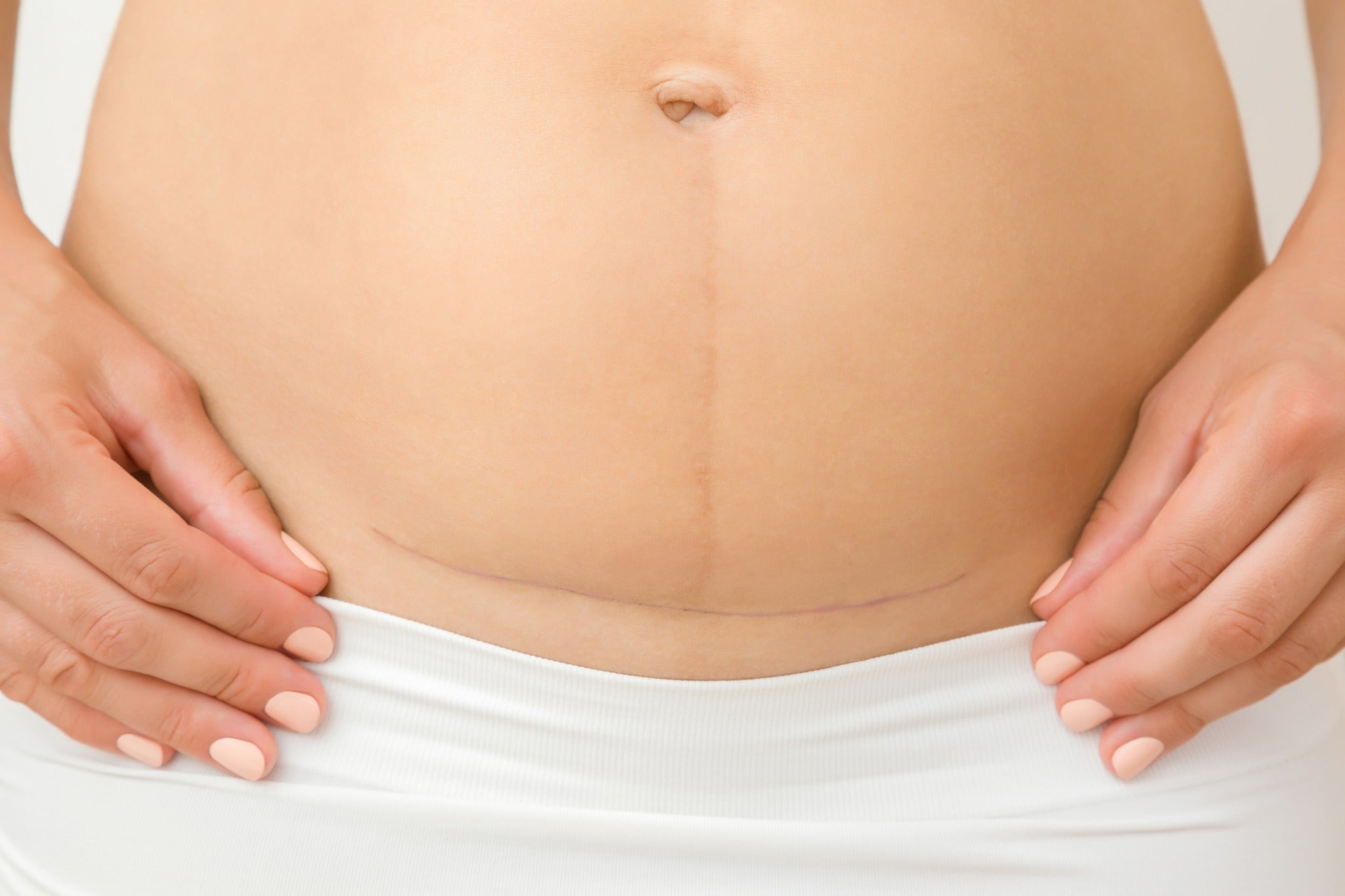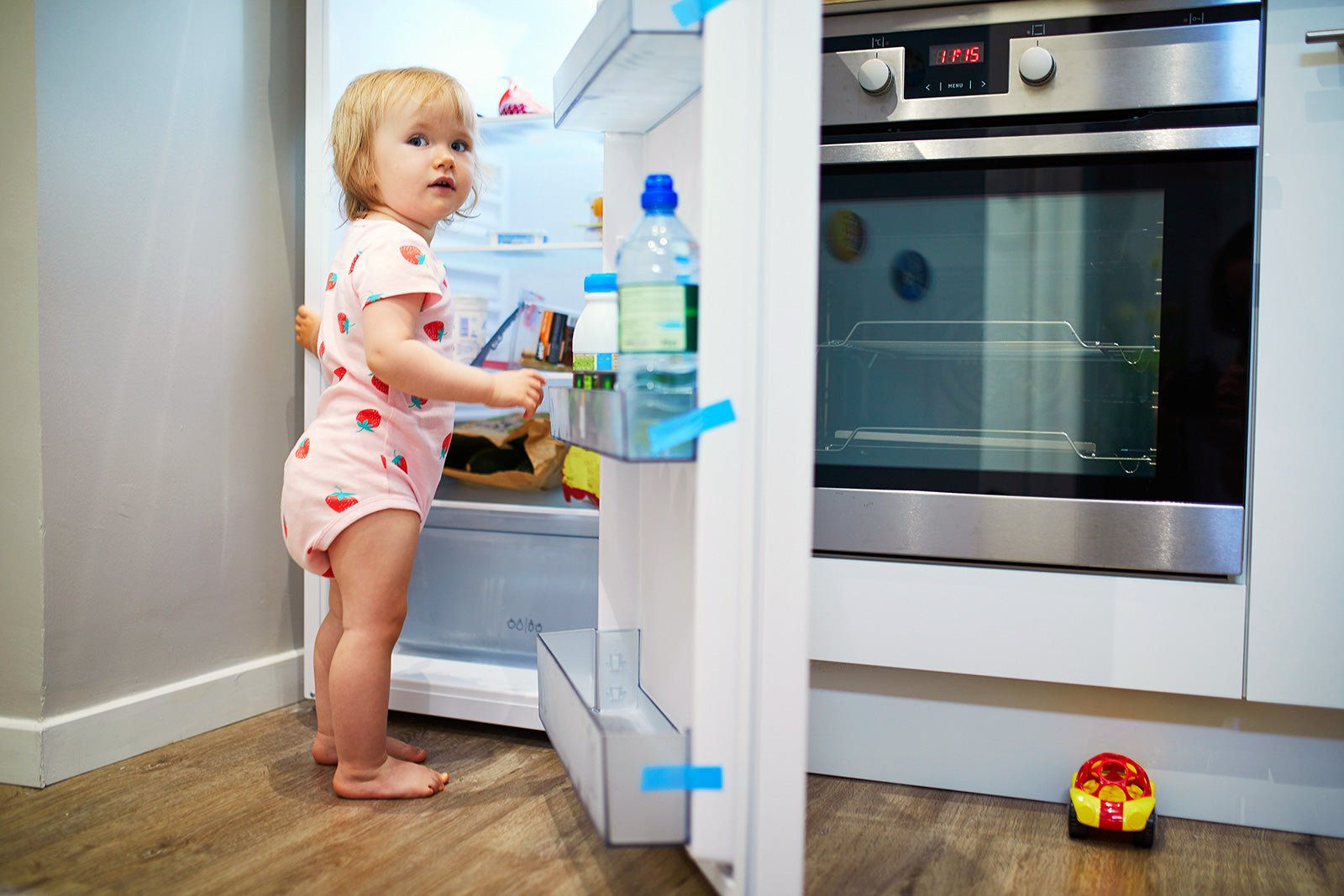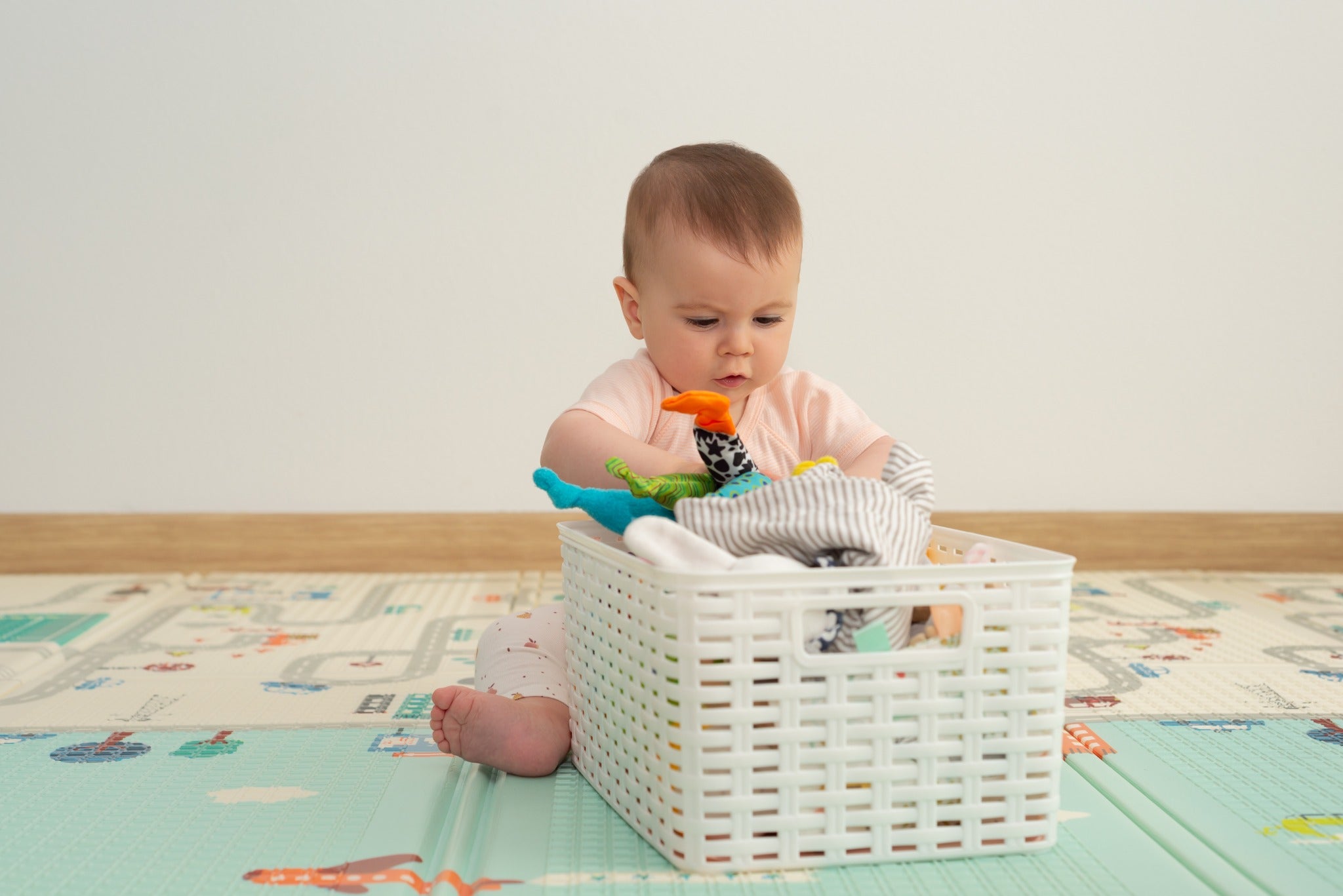Understanding and Honoring the Cesarean Section Journey

Trigger Warning: Difficult C-section story.
April is Cesarean Awareness Month, and here at the bökee, the C-section plays a big role in our story. This lifesaving medical intervention has gone through many phases in its history, and it continues to evolve today.
We invented the bökee for one reason: to make life a little easier for parents. And one of our core tenets has always been to honor the parenting journey no matter how it looks for each family. Regardless of how your child arrived in the world or became part of your family, we are here to celebrate and support you. If you or someone you know could use an extra hand, go ahead and grab your favorite color of the bökee!
History of the Cesarean Section
Based on ancient texts and drawings, the surgical delivery of babies has been around for centuries throughout the world. However, those early times have a lot of myths and misinformation surrounding them. In fact, some ancient myths attribute special powers and god-like abilities to those born by c-section.
From what experts can tell, ancient surgical deliveries were typically only performed when the mother was dead or dying and when the community needed more babies to be born. Contrary to today, the health and survival of the mother was probably not a consideration most of the time.

Legend has it that the “caesarean section” got its name from the birth of Julius Caesar, who supposedly arrived in the world this way. Most experts agree that this story is false. First of all, we know that his mother, Aurelia, was still alive later in his life.
Since the procedure only happened when the mother didn’t survive, that scenario doesn’t work. The more likely origin of the name is the Latin word caedare, which means “to cut.” And as a side note, the medical world frequently uses the spelling, “cesarian,” which is why you may see it spelled different ways.
The first recorded c-section in which the mother survived was in the late 1500s, but this outcome was unusual. Without anesthesia, sutures, and antibiotics, survival was all but nonexistent.
By the late 1800s, doctors had gained a better understanding of anatomy. Additionally, new practices such as suturing, sterilization, and handwashing contributed to a rise in successful outcomes. The use of this procedure rose as more advancements were made.
C-Sections on the Rise

In the 1960s, about one in every five US births was via cesarean. By 2007, that number had risen to about one in three. Worldwide, the number continues to increase, and in several countries, c-section births are more common than vaginal deliveries.
Although this procedure has become safer over the years, it is still a surgical intervention that carries risks. For a non-graphic visual of how significant this surgery is, check out this video.
The steep rise in c-sections has many medical experts concerned, and it is part of the focus of Cesarean Awareness Month.
Many experts worry that these surgeries are happening too frequently and in situations where they aren’t medically necessary. Through continued education, advocates hope to see the numbers drop so that cesareans are happening only when needed.
One Family’s Cesarean Section Journey
Despite these concerns, the fact remains that c-sections save lives. Their evolution over the years into a relatively safe option for delivering babies has meant that more families have survived intact.
Bökee co-founder Lauren Stuart's family is one of those. Here is her story:

I had a complicated pregnancy with my twins, going on complete bedrest at home at 28 weeks. At 30 weeks, I was on monitored hospital bedrest before delivering via cesarean at 32 weeks. My son was having growth issues, and we later learned the placenta didn’t fully fuse. He was getting very little nutrition from the placenta through the umbilical cord.
My medical team had scheduled a c-section for August 4th. With so many complications, it was the safest option. I was surprised on August 3rd when they told me after an exam that they would take the babies out that day.
Most everyone I had ever spoken with about cesareans said it was a fairly easy procedure. However, that wasn’t my experience at all.
The doctors gave me a round of magnesium to help protect the babies’ brains, but it made me burning hot. They had to pack me in ice-filled diapers to keep me comfortable. And once they started surgery, even with the spinal block, I could feel pressure and movement.

I was so anxious about my babies and that they were arriving two months early! It was all so overwhelming. My twins arrived one minute apart and went swiftly to the NICU after the team stabilized them. I got about one second to glance at them. I was so nauseous at that point that the anesthesiologist gave me something that knocked me out for a few hours before I came to again.
Recovery was rough, especially since I didn’t get to hold my babies for thirteen days. I also developed a uterine blood clot that was detected a day or two after delivery. Our life was a NICU blur for nearly two months before bringing our twins home. (You can read more on that story here.)
In spite of all of this, I am so incredibly grateful for modern medicine and the option of a c-section. There is a chance that my babies or I wouldn’t have survived without it. If you’re interested, I share more of our story on this episode of the Mommin’ Podcast.
Tips for Recovering from a C-Section

If you have a c-section, planned or not, here are some important things I learned about helping your body recover:
- Fundal Massage: Be sure to ask your medical team about this step. After delivering the placenta, the nurse will likely reach up to the top of the uterus (the fundus) to rub it. Although it’s not comfortable, this process is highly effective at removing and preventing blood clots.
- Watch for Infection: Infection is a risk with any surgery. Be sure your doctor explains what to watch for. Keep an eye on your bleeding, too, since there is a risk of hemorrhage in the first few weeks.
- Rest: You’ve just had major abdominal surgery. Your body needs and deserves lots of rest to heal. Most women require at least four to six weeks of recovery time, and many need more. Listen to your body and give yourself time. Hiring short-term help with housecleaning or meal preparation can be a huge support during these weeks.

- Walk: If you have your doctor’s ok to do so, try to walk as much as is comfortable. It will help your physical and mental well-being and helps reduce the risk of blood clots.
- Care for Your Emotional Health: Even if your c-section was a planned procedure, the emotions surrounding it are intense. Your hormones shift rapidly, you’re tired, and you’re healing from major surgery. Give yourself grace as you adapt to this new stage, and watch for signs of postpartum depression.
- Accept Help: The odds are good that you will have many people offering to help you as you recover. Say yes! Everything from meals to housecleaning to babysitting older children can be tremendously helpful. Your job is to heal and care for your new baby. Let other hands take care of the household chores.
Give Yourself a Hand
Parenthood is a tough gig, and you deserve all the help available. The bökee lets you prep bottles one-handed so that you can hold and soother your baby at the same time. Created by parents for parents, the bökee also has a lot of other uses you will find handy. Get yourself a couple today!




